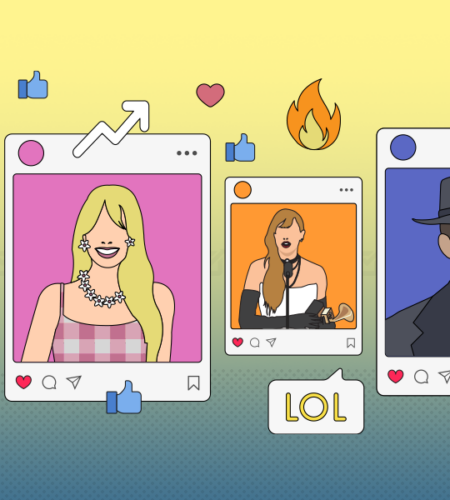In today’s digital world, a single viral video, meme, or article has the remarkable power to transform an ordinary individual into an international sensation almost overnight. But what’s the secret behind why certain pieces of content spread like wildfire while others barely make a ripple? To uncover this enigma, we must delve into the psychology of sharing. What drives us to hit that ‘share’ button, and what psychological triggers make us more likely to spread content far and wide? Understanding these factors can reveal the mysteries of virality and offer insights into the art of creating content that captivates and resonates on a massive scale.
The Emotional Hook: Why We Share
At the core of viral content is a fundamental truth about human nature: we are driven by emotions. Our brains are wired to respond to emotional stimuli, making it a crucial factor in the virality of content. Whether it’s a heartwarming video of a puppy taking its first steps or a hilarious meme, content that evokes strong emotions tends to spread rapidly.
Research shows that three specific emotional triggers are particularly effective in driving virality: awe, laughter, and amusement. A study analyzing the top 10,000 most shared articles online found that content eliciting these emotions was far more likely to be shared. Awe-inspiring content, such as extraordinary human achievements or breathtaking natural phenomena, accounted for 25% of shares. Laughter and amusement, often found in humorous or quirky content, followed closely with 17% and 15%, respectively.
These emotional triggers work because they align with our natural inclination to seek out experiences that make us feel good. Positive emotional responses, such as joy and contentment, activate reward pathways in the brain, releasing feel-good chemicals like dopamine. This biological reaction explains why we’re compelled to share content that makes us laugh or marvel.
The Role of Novelty: Keeping It Fresh
Another critical factor in the spread of viral content is novelty. Our brains are hardwired to crave new and unusual experiences. This craving for novelty is why we’re drawn to fresh, unexpected content rather than repetitive, old ideas.
Memes are a perfect example of how novelty drives virality. They often start with a familiar format but quickly evolve into countless variations, each more inventive and unpredictable than the last. This continuous reinvention keeps users engaged and eager to share the latest iteration with their networks.
Novelty not only grabs our attention but also stimulates our brain’s reward centers. When we encounter something new or surprising, it triggers a rush of dopamine, reinforcing our desire to seek out and share such content. This is why viral trends often feature elements of surprise or innovation.
Social Media and the Sharing Culture
The rise of social media platforms has amplified our ability to share content and spread trends. Platforms like TikTok, Instagram, and ‘X’ offer vast stages for content to go viral, leveraging algorithms that favor engaging and emotionally resonant material.
Social media is also a space for cultural collaboration and interaction. Users contribute to and build upon viral trends, adding their unique twists and helping sustain the cycle of novelty and emotional engagement. This collaborative environment fuels the creation of diverse and ever-evolving content that captivates audiences across the globe.
Creating Content That Resonates
Understanding the psychology of viral trends can offer valuable insights for content creators aiming to make an impact. To craft content that resonates and has the potential to go viral, consider focusing on the following elements:
1. Emotional Engagement: Create content that elicits strong emotional responses, whether it’s awe, laughter, or inspiration. Content that makes people feel something is more likely to be shared.
2. Novelty and Innovation: Incorporate fresh, surprising elements into your content. Think outside the box and offer something new that hasn’t been seen before.
3. Cultural Relevance: Align your content with current trends and cultural moments to ensure it resonates with what’s top of mind for your audience.
4. Shareability: Make it easy for users to share your content by optimizing it for various social media platforms and encouraging interaction.
In the fast-paced world of digital media, understanding what makes content go viral can be a game-changer. By focusing on emotional engagement, novelty, and cultural relevance, creators can tap into the psychological factors that drive virality and craft content that captivates and connects. Next time you hit ‘share’ on a viral video or meme, remember the psychology behind it. With these insights, you’ll be better equipped to create and share content that truly resonates with audiences.


